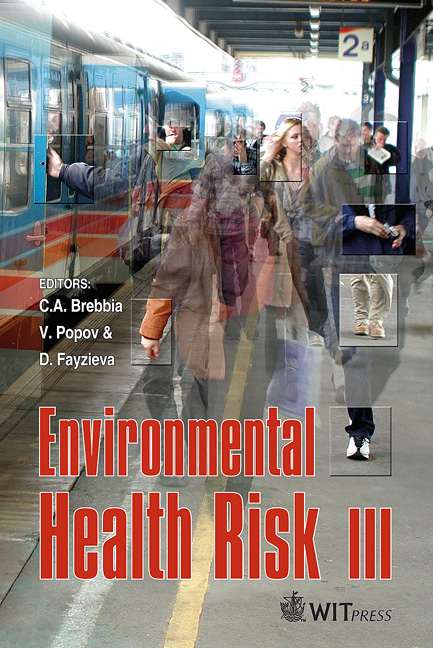Contamination By Particulated Material In Blasts: Analysis, Application And Adaptation Of The Existent Calculation Formulas And Software
Price
Free (open access)
Transaction
Volume
9
Pages
11
Published
2005
Size
853 kb
Paper DOI
10.2495/EHR050221
Copyright
WIT Press
Author(s)
J. Toraño, R. Rodríguez, I. Diego & A. Pelegry
Abstract
In the setting of a research project about the blasting negative effects granted with public funds coming from the Spanish Ministry for Development, several measurement campaigns were developed, in various locations and situations, where earth vibrations, aerial waves and dust in suspension simultaneously measured. Taking into account the dust negative effects (for human health, inhabited environment or plants) it is interesting to have available tools that allow the estimation of the particulated material quantities ejected in a blast (already studied by our research team in other cases). Here we show the application of the standardised computational methods for atmospheric contamination (developed for other applications) in the specific case of blasting in mining and civil works. To do so we have used the field data collected in blasts at a maritime port and at a limestone quarry. We will also show the advantages of using CFD when solving some of these problems, which is being studied in other research projects. Keywords: particulated material, blast, atmospheric contamination, dust. 1 Dust generation in a blast One of the main particle sources of the atmospheric contamination are the industrial activities. From their size and nature we can infer the affections that dust can induce in human beings. According to dust size we can categorize it in three groups: breathable dust (particles so small that go directly to lungs), inhaled dust (one part is retained by the upper part of the human breathing system, whit diameters around 10 µm) and total dust. Up to recent dates it was thought that the harmful action of those particles in people was limited to
Keywords
particulated material, blast, atmospheric contamination, dust.





